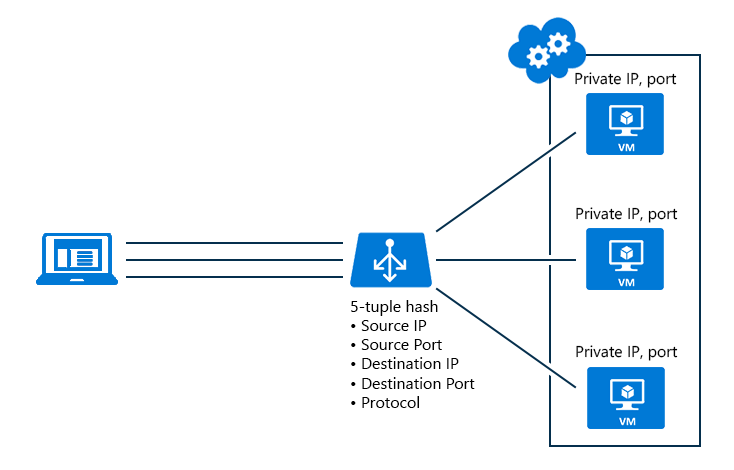TNWiki Article Spotlight – Azure Networking: Learn About Load-Balancers
Dear All,
Welcome to the TechNet Wiki Tuesday – TNWiki Article Spotlight.
We are heading to Summer , in this hot season i would like to share with you all an very hot and awesome article Azure Networking: Learn About Load-Balancers by George Chrysovaladis Grammatikos
The main reason why i select this article as this article deeply explains about Azure Networking and Load Balancers ,Microsoft states Azure Load Balancer as
With Azure Load Balancer, you can scale your applications and create high availability for your services. Load Balancer supports inbound and outbound scenarios, provides low latency and high throughput, and scales up to millions of flows for all TCP and UDP applications.
Azure Load Balancer is available in two SKUs: Basic and Standard. There are differences in scale, features, and pricing
You can use Azure Load Balancer to:
- Load-balance incoming internet traffic to your VMs. This configuration is known as a Public Load Balancer.
- Load-balance traffic across VMs inside a virtual network. You can also reach a Load Balancer front end from an on-premises network in a hybrid scenario. Both scenarios use a configuration that is known as an Internal Load Balancer.
- Port forward traffic to a specific port on specific VMs with inbound network address translation (NAT) rules.
- Provide outbound connectivity for VMs inside your virtual network by using a public Load Balancer.
ref: Azure Load Balancer
Here I would like to highlight few interesting topics covered in this article Azure Networking: Learn About Load-Balancers by George Chrysovaladis Grammatikos.
- What Azure Load-Balancer is?
- Load-Balancing (Public - Internal)
- Public Load-Balancer
- Internal Load - Balancer
- Azure Load - Balancer SKUs
- Azure Load-Balancer Distribution Modes
- Hash based distribution mode
- 5-Tuple hash
- Source IP affinity mode
- 2-Tuple hash or 3-Tuple hash
- Create Azure Load-Balancer
- Step1: Add New resource (Load Balancer)
- Step 2: Search for the resource (Load Balancer)
- Step 3: Begin creation
- Step 4: Configure tab "Basics"
- Configure The Load-Balancer
- Step 1: Frontend IP configuration
- Step 2: Backend Pools Configuration
- Step 3: Health Probe Configuration
- Step 4: Load Balancing Rule Configuration
If you are curious to learn more about Azure Networking: Learn About Load-Balancers then this article guides you all in detail to getting started. Thank you George Chrysovaladis Grammatikos for sharing the lovely article to our TechNet Wiki Community.
See you all soon in another blog post.
Thank you all.
 MSDN Profile | MVP Profile | Facebook | Twitter |
MSDN Profile | MVP Profile | Facebook | Twitter |
TechNet Wiki the community where we all join hands to share Microsoft-related information.
Comments
- Anonymous
May 21, 2019
Awesome choice Syed and great post :-)Thanks for sharing? - Anonymous
May 21, 2019
Great post Syed, thank you!
